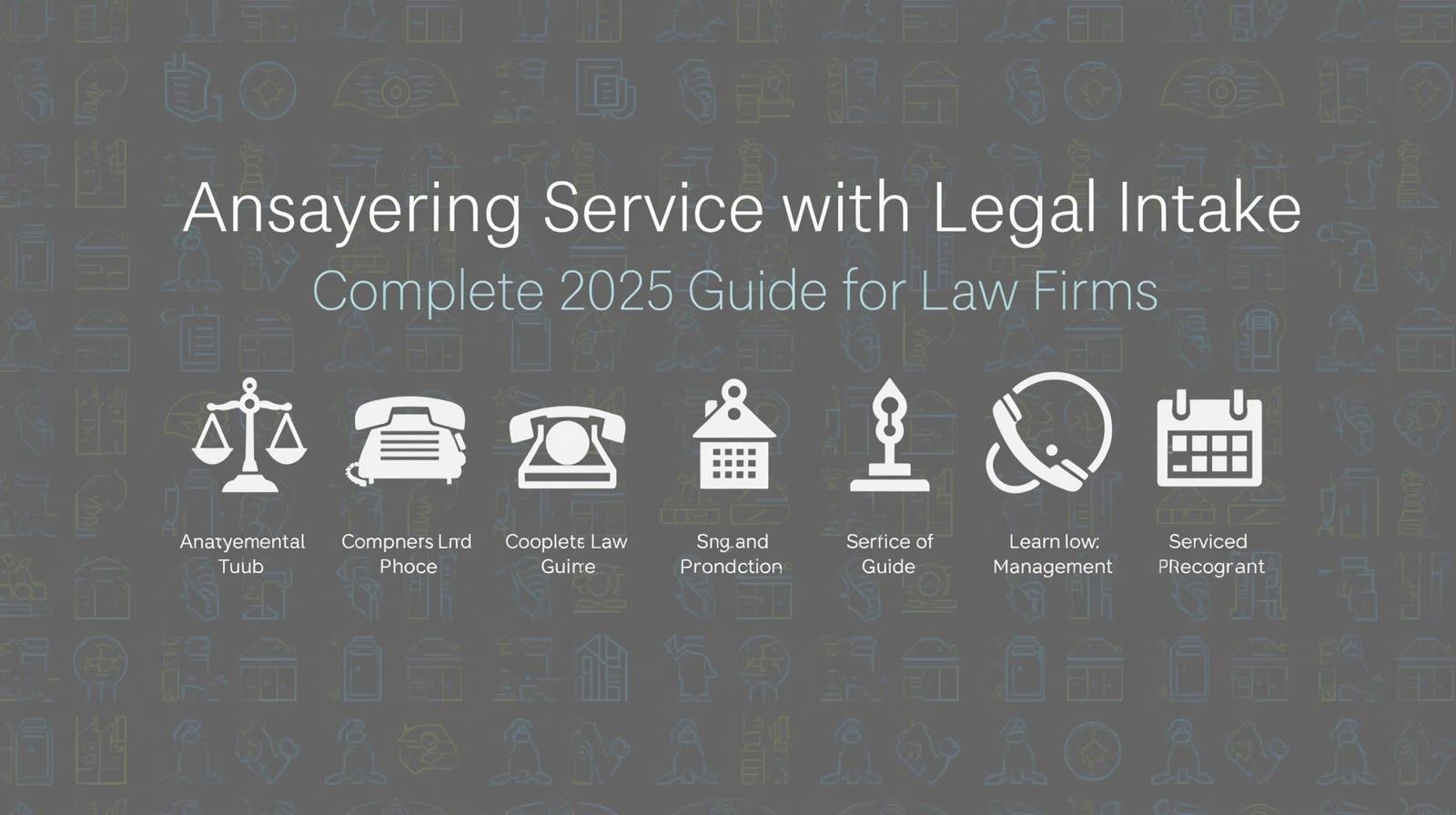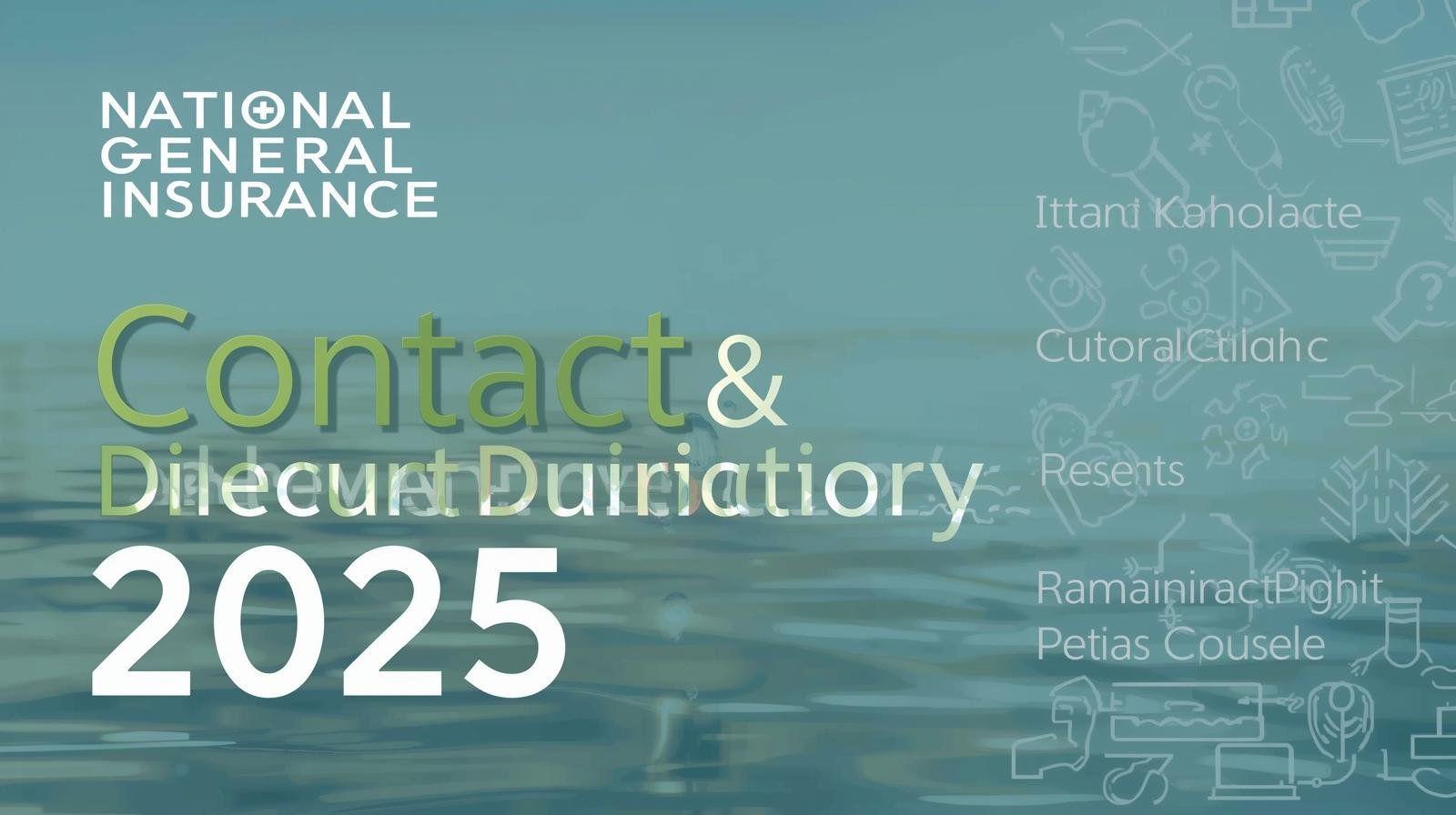
As Valentine’s Day approaches, a time traditionally marked by love, romance, and heartfelt gestures, the cultural conversation has taken a darker turn. Thanks to the widespread popularity of Fifty Shades of Grey—both the novel and its film adaptation—our celebration of affection has been overshadowed by themes of deviant sexuality. What should be a day of flowers and tenderness has instead been tainted by the normalization of whips, chains, and emotional exploitation. It’s troubling, to say the least.
Over the years, I’ve written extensively on the subject of pornography—not because I intended to, but because I’ve found it impossible to ignore. As someone deeply involved in mentoring young adults and navigating the challenges of the digital era, the topic has become a necessary, if painful, part of that journey.
Below are ten articles I’ve written addressing the issue of pornography and its broader cultural impact:
1. 7 Good Reasons to Stop Looking at Porn Right Now

This article outlines seven powerful reasons to break free from pornography, focusing on its many costs: to your soul, to others, to your church community, and ultimately, to Christ. Porn is not a hidden, victimless sin—it’s a communal one with widespread consequences.
2. 50 Shades of Porn
Written two years ago, this article warned of the increasing targeting of women by the porn industry. The rise of erotica has blurred lines and dulled sensitivities, making it all the more important to be vigilant.
3. Pornolescence
I coined the term pornolescence to describe a troubling stage of life I’ve seen often: the phase where a person knows pornography is harmful, even feels guilt about it, yet lacks the maturity or willpower to stop. It’s a dangerous place—a limbo between conviction and surrender.
4. The Porn-Free Family Plan
This article lays out a practical, step-by-step plan to protect your family from pornographic influences. It focuses on character development, digital boundaries, and intentional parenting. (Note: This content was expanded in the second edition of my book The Next Story.)
5. Hope in a Pornified World
Despite the grim realities, I remain hopeful. In this article, I share two key reasons for optimism: the blessings of God’s common grace and the emergence of a new generation of committed, aware parents.
6. Sexual Detox – Pornifying the Marriage Bed

This piece began a series that eventually became a book. It explores how pornography corrupts intimacy within marriage and what it takes to reclaim true sexual health and connection.
7. Mobility, Privacy, Pornography
A simple but important point: most pornography consumption now occurs on mobile devices. Yet much of our protection and accountability strategies are focused on desktop computers. It’s time to update our approach.
8. Please Don’t Give Them Porn for Christmas
Many children receive smartphones, tablets, or laptops as gifts—unfiltered, unmonitored, and unprotected. While well-intentioned, these gifts often become unintentional access points to pornography. We must equip our children, not expose them.
9. Help! My Kids Are Looking at Porn!
This article offers a compassionate, realistic guide for parents whose children are struggling with pornography. It emphasizes communication, grace, and practical steps forward.
10. 7 Lessons from 50 Shades of Grey
Co-written with Helen Thorne, this piece explores cultural lessons from the Fifty Shades phenomenon and how it reveals deeper issues of identity, sexuality, and brokenness.

Recommended Reading
Among the many books I’ve read on this subject, one stands out as particularly helpful:
Top Pick: Finally Free by Heath Lambert
This book offers a biblically grounded, gospel-centered approach to battling pornography. It excels in three areas:
- Grace-Focused Power: Lambert speaks of grace not as a vague idea, but as a real, transformative force in the fight against sin.
- Practical Help: The book is packed with concrete strategies—tools readers can put into practice immediately.
- Encouraging Tone: Lambert writes with the authority of a seasoned counselor and the heart of a compassionate pastor, consistently pointing to the hope and power found in Christ.









Leave a Reply